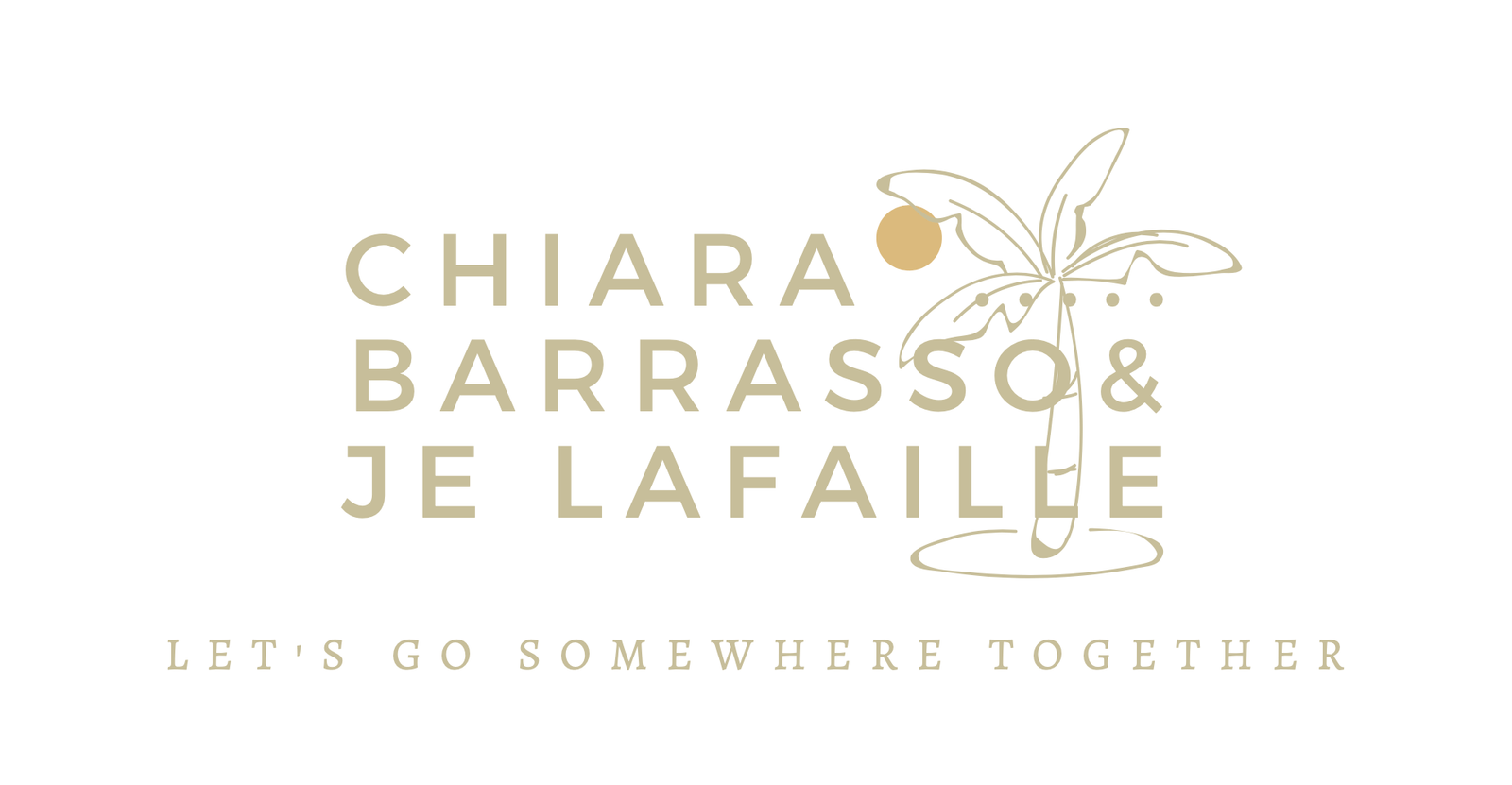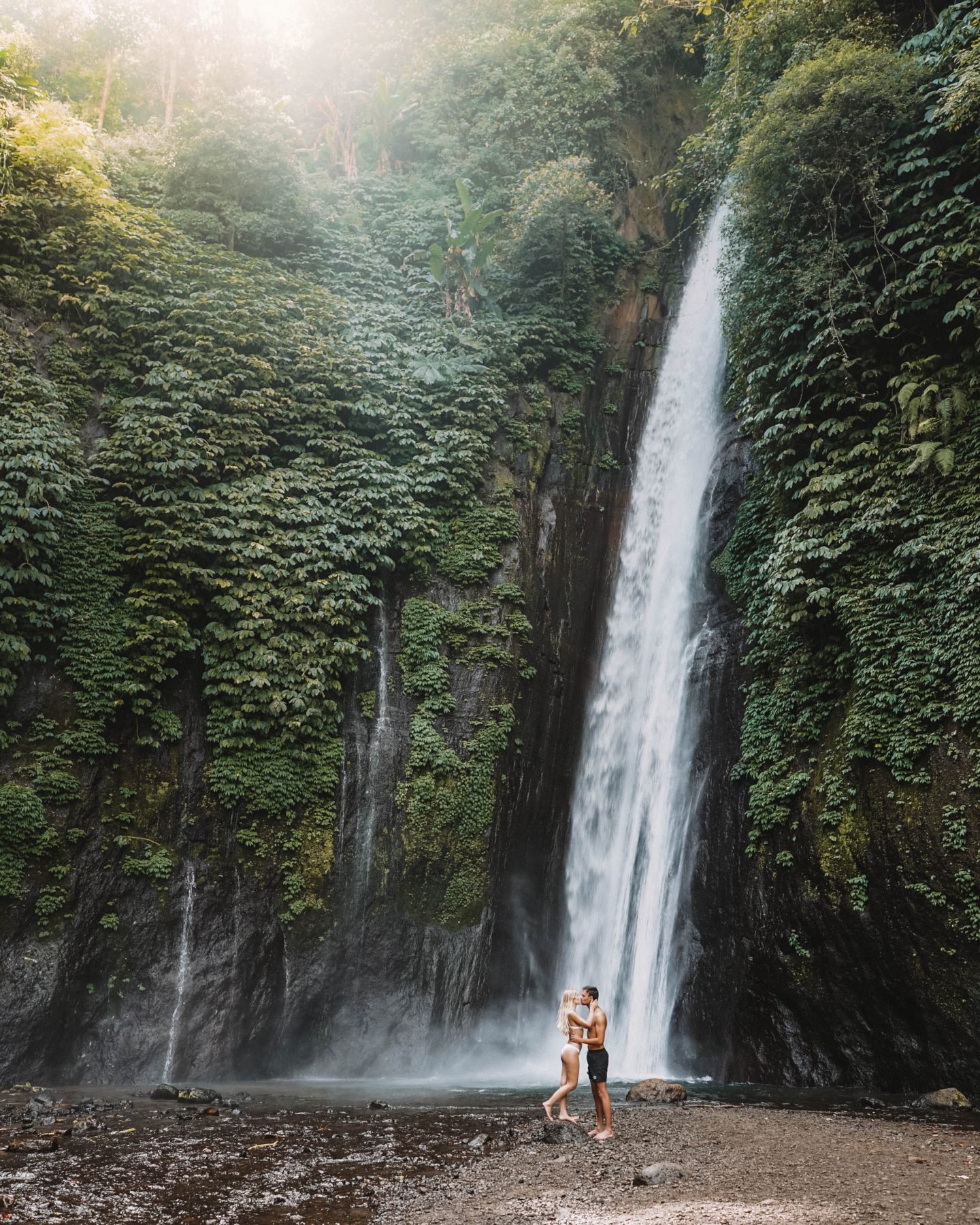The most difficult thing in photography is to succeed to create what we have in mind. There are many settings and natural conditions that make it difficult. According to the hour of the day, the light will not be the same, the shadows, the saturation of the colors and the tones will be different. If you want to create amazing photos, you need to be creative of course, but to forget the automatic mode and learn how to use a camera on the manual mode and when is the best time to shoot! Let’s start!
Beginner in photography: how to take photos and edit like a pro!
The exposure triangle
1: the aperture
The very first thing to understand is aperture. It refers to the diameters of the hole in the lens of your camera. If you change the aperture, you will change the size of this hole and you will allow more or less light to enter into the camera. This will also have an impact on the depth of your photos.
If there is a weak light, you need to open the aperture to allow more light to enter into the camera. Also, the back will be more blurred.
At the contrary, if there is a strong light, you need to reduce the aperture, and your back will be more sharped.
2: the Shutter speed
The mirror flips up and the shutter opens, recording the light present onto the sensor. The speed will determine the exposure length and the amount of motion blur.
When the light is strong and the subject is moving, you will put a slow shutter.
When the light is low, for example for the sunsets of during the “blue hour” and when the subject is not moving, you will put a fast shutter. If you are shooting with low light and a fast shutter you need to not move at all to not being blurred!
3: the ISO
The sensor captures the light and is controlled by the ISO. If you set your ISO high, this will be more sensitive but this will also capture more digital noise (grain).
With a low ISO, this will be less sensitive and you will have less noise. With a high ISO, this will be at the contrary more sensitive and there will be more noise.
As you turn the ISO up, you will increase the exposure but the image quality will decrease. You have to decide in terms of priorities between light and grain.
Focal length
This is the “‘mm” on your lens. There are two different kinds of lenses: fixed focal and zoom. What you chose will influence the perspective and the depth of your photo
With a fixed focal lens, you will be able to have more blurred back and more depth in your photo. A 50mm fixed focal will be amazing for portraits. At the contrary, a 24-70 zoom will be perfect for architecture photos. It really depends
Rule of third
This is one of the best
Try different perspectives
One way to improve your photos is to snap a subject straight-on from eye level. Everyone knows this viewpoint already—we interact with the world from this viewpoint every single day. It’s ordinary! You can change your perspective to give something new! Try to change your angle, your elevation, and your distance!
Always shoot in RAW!
This is the biggest mistake we do when we are a beginner in photography! Even if you are a beginner in photography, don’t shoot in Jpeg, the quality will be too low! Also, if you want to edit your photos, the quality will decrease. In the end, after post-production, your photo will be blurred. You will really lose on quality. The best is to always shoot in RAW!
Post-production: how to edit photos?
You need to know that every camera performs post-processing. The actual sensor data is captured in a RAW file, but what you see on your camera’s LCD screen/smartphone is your camera’s interpretation of that RAW data, and your camera has no idea about your creative vision. That’s why we need to edit our photos.
Personally, I edit all my photos with my own Lightroom CC presets. You can shop them here! I’m using them to pop the colors and give
That’s it! I hope these tips will help you to take your photos to the next level! If you have more questions feel free to ask in the comments! You can also read our post about what photography gear do we use?
And don’t forget to follow our next adventures on Instagram!


